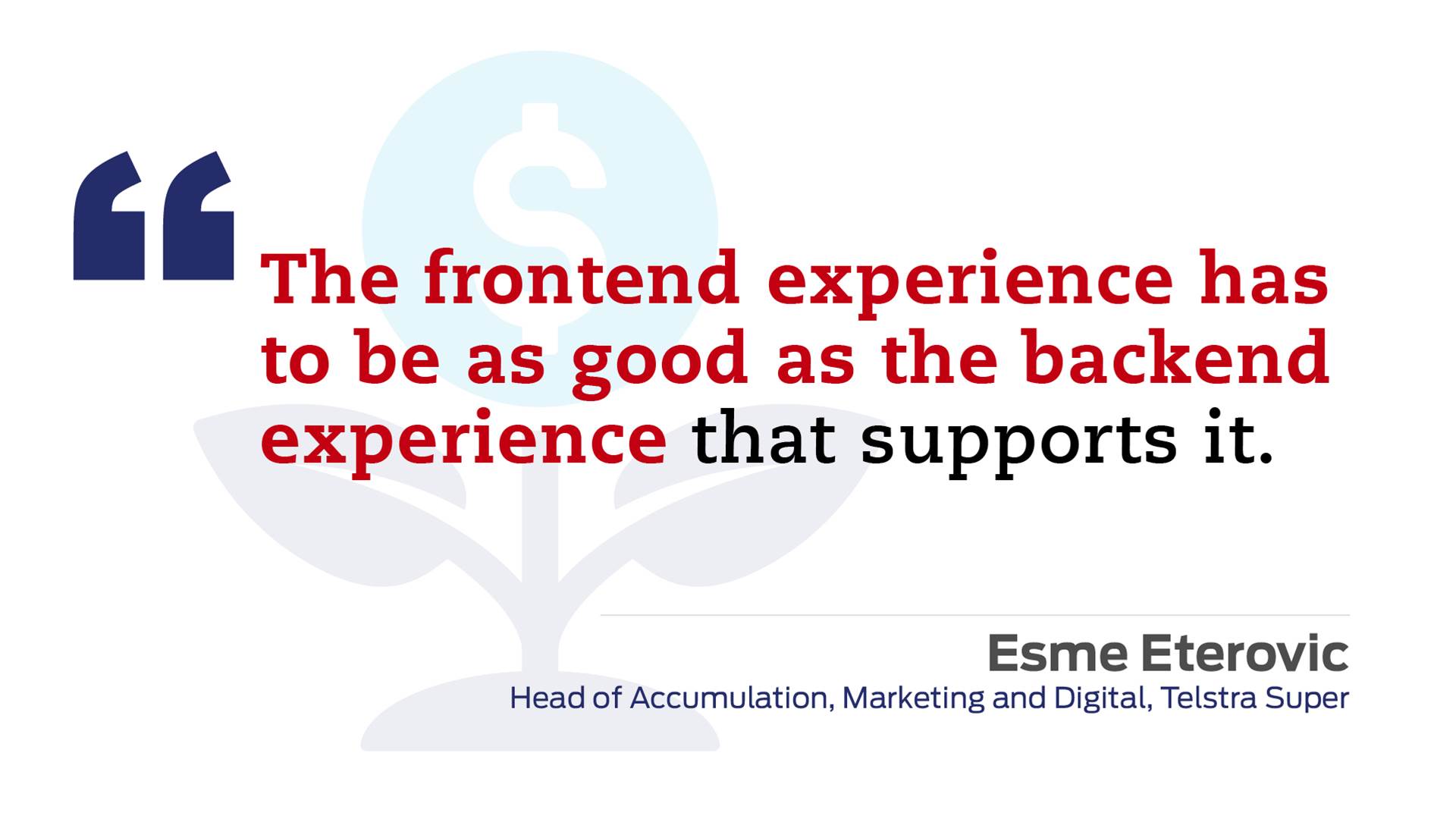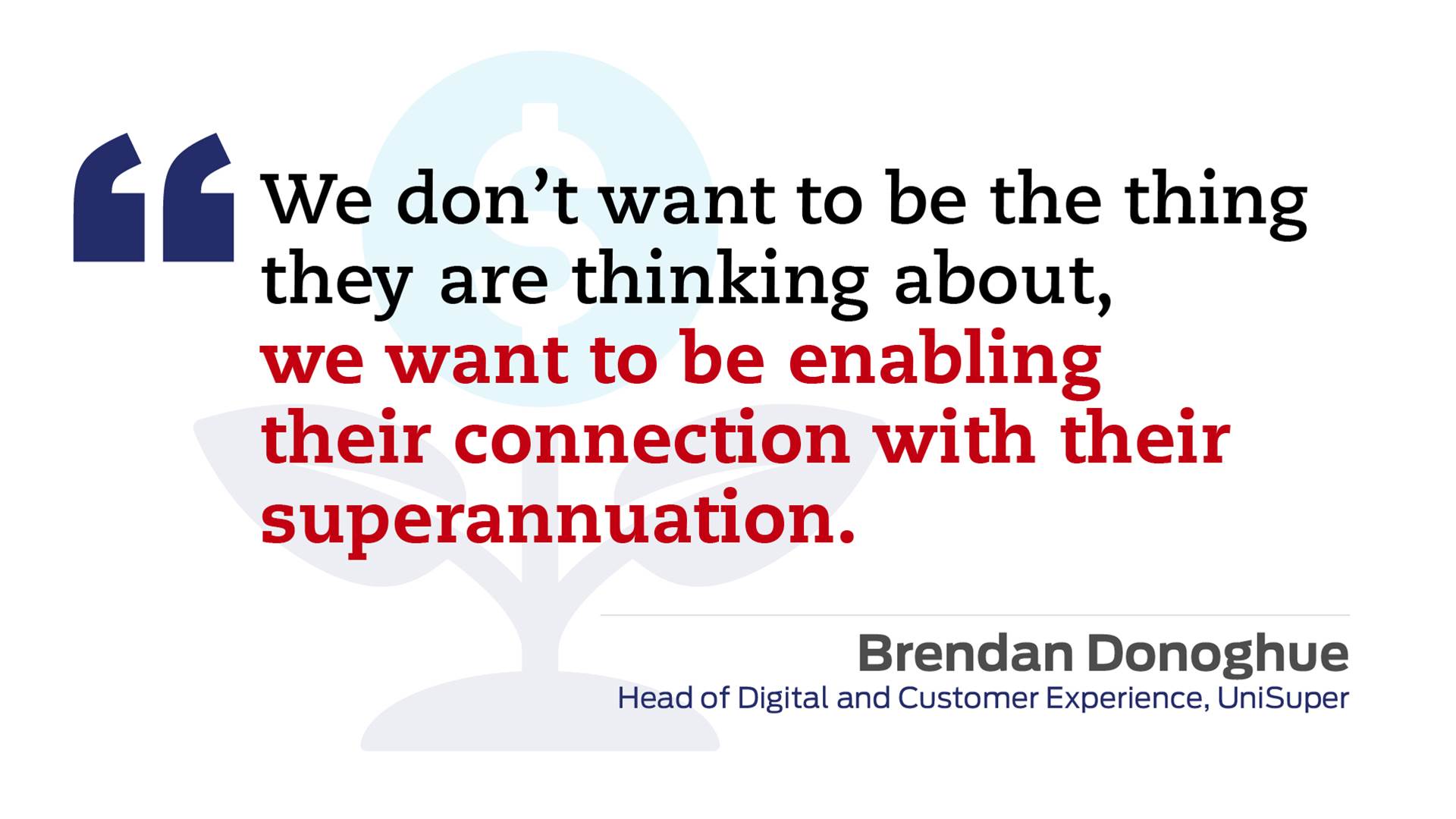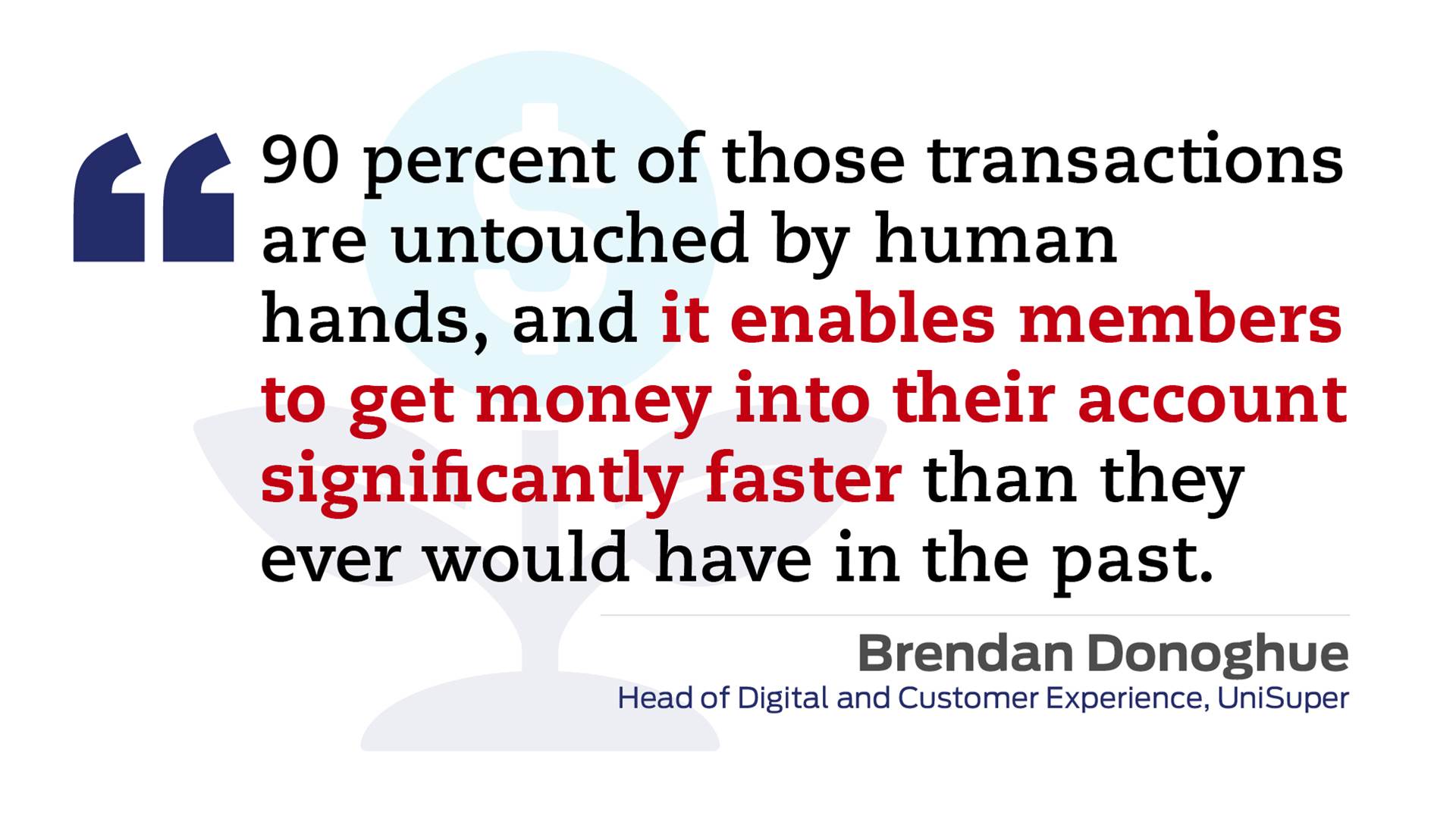There was once a time when Australian’s relationship with their retirement savings was a distant one, at best. But with the introduction of compulsory superannuation in 1992 and superannuation choice in 2005, many Australians have taken a much stronger interest in their relationships with their funds and the organisations who manage them.
Funds themselves have stepped up to this challenge with a steady stream of announcements regarding enhanced member engagement platforms and ongoing spending on core management capabilities, including straight-through processing.
While the total amount invested by superannuation funds on technology in Australia is not tracked, it would comprise a significant proportion of the total $10.8 billion that APRA found funds spent in 2022-23, with 53 percent of that allocated to administration and other expenses.
Digital customer engagement
The desire to improve engagement is represented across a wide variety of superannuation providers, and it is driving a wave of investment that reaches back much further than just customer facing systems.

For the head of accumulation, marketing and digital at Telstra Super, Esme Eterovic, technology is a core enabler of both experience and business efficiency, so the key question is how to ensure it straddles both worlds.
“The frontend experience has to be as good as the backend experience that supports it,” Eterovic said.
“That is the core of our strategy, making sure that we are aligning efficiency and optimisation and scale with the experience expectations that our customers have.”
Whereas ten years ago she says customers might have been happy to wait for their annual statement, todays she says they are now engaging in frequent short interactions.
“Ten years ago, we just need to be the best experience for a super fund and would have been compared to the experiences of our peers,” she said.
“That is not the case anymore. We are compared to anything that they are doing on any given day.”
Eterovic describes the journey as being one from transformation to optimisation to excellence.
“The core of everything is done, but now it is about the last 10 percent, and how we can give tools, features, calculators, personalisation, and experiences that really connect and engage with customers instead of just meeting their expectations,” she said.

“The core investments have been in those digital platforms, but equally we have focused on straight through processing and optimisation of back-end services, so that if someone is submitting something via a digital channel, it can be turned around in real time and their experience of that is end to end, not disjointed over a longer period of time.”
With customers’ expectations constantly rising, Eterovic says the need to keep improving services is relentless.
“You might think that it is in a really good position, but then you have to keep innovating, and go back to the start and redo some of the things you might have thought you did really well five years ago and bring them up to speed.” - Esme Eterovic, head of accumulation, marketing and digital, Telstra Super
Learning from experiences

For the industry super fund UniSuper, whose heritage has been in providing superannuation services to more than 600,000 Australians employed across the higher education and research sectors, its switch to providing services to the public in 2021 demanded a swift and significant investment in new engagement capabilities.
“When we opened to the public in 2021, we had 5 percent of our members onboarding digitally, and 95 percent coming in through a deemed channel where employers would hand us those members,” said UniSuper’s head of digital and customer experience Brendan Donoghue.
“Now we have transformed and today we have about 70 percent of our members who onboard themselves.”
With a professional history that encompasses customer engagement, design, and software delivery, Donoghue has sought to bring those streams together at UniSuper by delivering an experience based on the idea of ‘invisible by design’ that makes engagement as easy as possible for members.
“Super is a product which requires a high cognitive load to understand,” Donoghue said.
“We don’t want to be the thing they are thinking about, we want to be enabling their connection with their superannuation.”

This philosophy has resulted in the introduction of biometric authentication to make the process of logging in as easy as possible for members, while the introduction of straight-through processing ensures that tasks can be completed as quickly as possible.
“I want them to connect with their super faster than they ever have, and then when they want to perform transactions, they need to be seamless and straight-through, so we are not getting in the way of the members’ engagement with the fund,” he said.
“90 percent of those transactions are untouched by human hands, and it enables members to get money into their account significantly faster than they ever would have in the past.” - Brendan Donoghue, head of digital and customer experience, UniSuper
Learning from examples
Being relatively late to embrace digital channels has also enabled Donoghue and his team to learn from their competitors and even leapfrog them in certain areas, such as with the fund’s launch of its mobile app.
“We had the opportunity to look at what our competitors offered, to talk to our members and understand the most important features and functions they wanted, and then to go through and build,” Donoghue said.
“And we went from concept artwork into the app store in six months. Today we are the highest-rated Australian superannuation mobile app in the Apple and Google Play stores, and we have been there for about two years. And we won the Australian Design Award in the (Digital) Finance section in 2024 for the mobile app as well.”
Donoghue’s future ambition for UniSuper is to become what he describes as the “Netflix of retirement”, with a set of personalisation options that can be tailored to the specific needs of customers. This includes ensuring that its digital services are accessible to all customers.
“Our most digitally engaged members are our 65-and-over cohort,” Donoghue said.
“Accessibility is critical for me, because I need to make sure that I am not just designing for the TikTok and Snapchat generation, but I am designing for older Australians and making sure that things are simple and easy for them to engage with, because they are actually the cohort that is most likely to be using my digital tools.”







